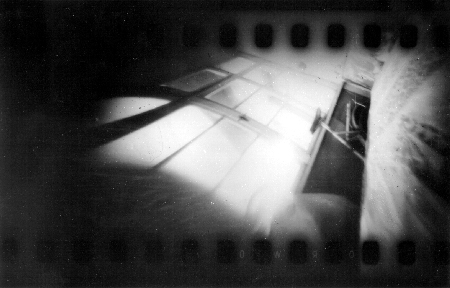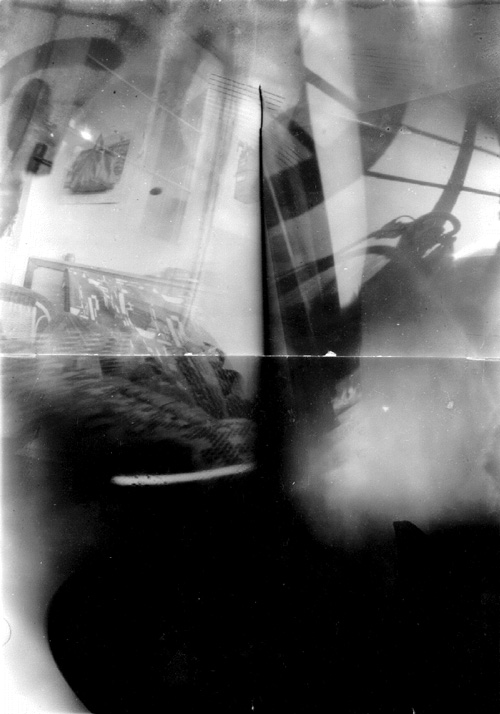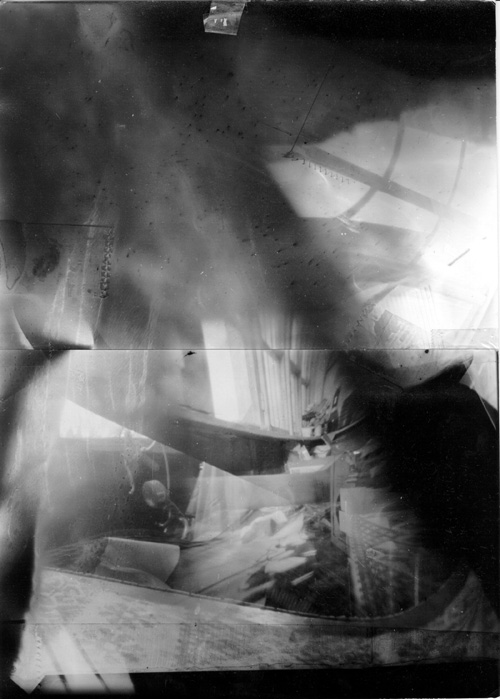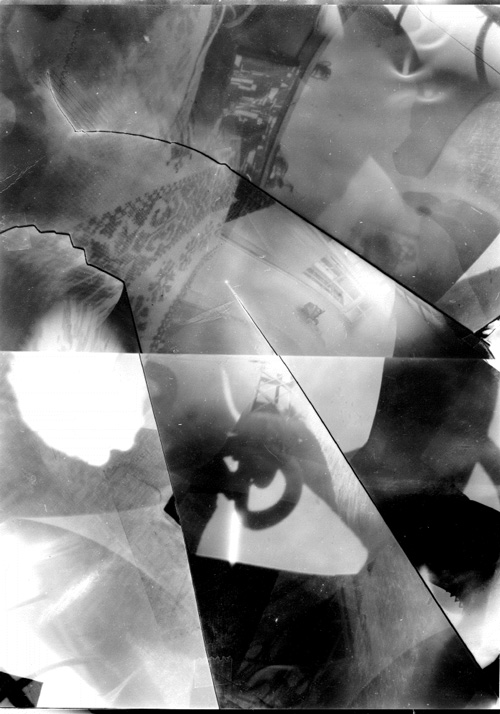|
Zoltán Szegedy-Maszák Pinhole / Multi-pinhole Photographs series of experimental images based on (multi-)pinhole photography, 1990-94 |
||
|
To understand the broader context of this work, please read my essay on Works Concerning Images of Light. |
||
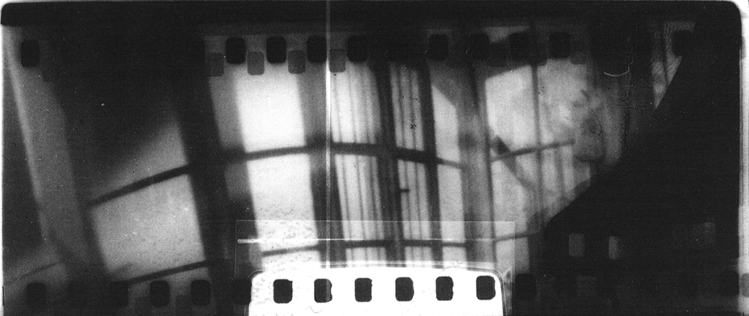 Pinhole Photograph, 1991 |
||
|
In 1990 I took my first pinhole camera photographs. It remained a major concern for my work during the first half of the 1990s, so that besides a number of sequences, I also used pinhole camera photographs in installations, and even in interactive works. |
||
|
||
|
|
||
|
||
|
From 1992, I started to photograph on films folded into various geometric forms, applying several objectives (holes) simultaneously. Since I simply cut and folded orthochromatic celluloid sheet films into pinhole cameras that I had fabricated from tea cans, my clumsy acts brought about several mechanical damages, traces of pasting, and film tearing, but I also regarded these as image generating constituents, thus I did not try to disguise the “tricks of the trade” with technical perfectionism.
|
||
|
||
|
It was in 1994 that I first exhibited a triptych that depicted the full 360-degree surrounding of the camera on films folded into conical forms or into two adjoining cylinders through two, or sometimes through four, lenses. I exposed the original negatives of the three images in 1992–93, but owing to technical difficulties, the final C-print version was only made in 1994.
|
||
|
